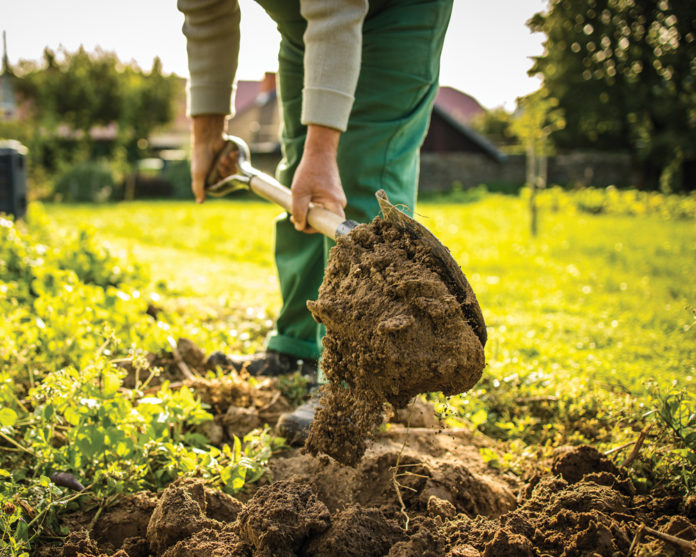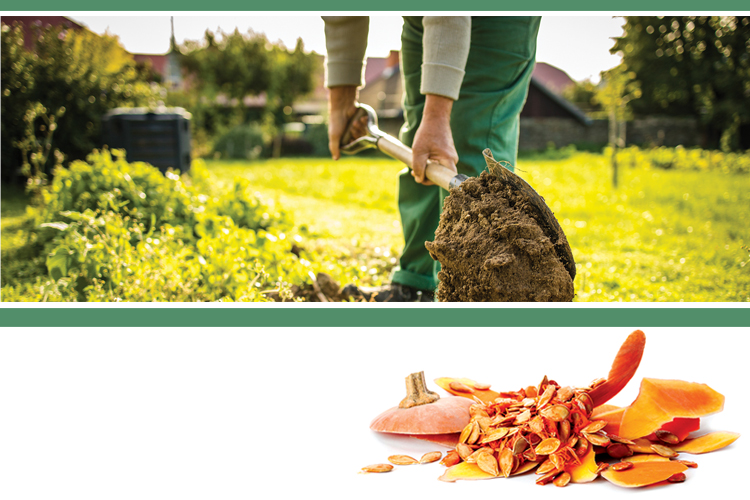As the last of the summer light and warmth fade into fall, I hope you enjoyed the bounty of your garden this summer. Ideally, you’re inspired and encouraged to continue next year, so here are some suggestions on how to winterize your space and prep it for when spring first awakens:
Make sure to pull the last of your harvest before the first frost. Crops such as tomatoes, peppers, and cucamelons may continue to produce past Labor Day, but keep a close eye on the weather. Use these final garden goodies in hearty autumn soups, stews, and chilis or freeze them for use over the winter. Once your harvest is over, turn the plants right back into the ground, either by hand or using a rototiller. If the plants are large, cut them into pieces first. Be sure to bury the plants underneath existing soil to promote breakdown; before the ground freezes for the winter and when it begins to thaw in the spring. The earliest spring crops, such as peas, can be planted as soon as the ground is workable, so you’ll want a nice bed of nutrients ready to go.
If you’ve been composting, save fallen leaves when you do your autumn cleanup, and add unused pumpkins, corn stalks, hay bales, and other organic décor to your compost pile once the festive season is over. You can also add your spent annual flower plants. Remember to remove any plant parts that could contain seeds, because those seeds may sprout in the spring (unless you’re ok with that). Use caution if composting plants that spread by runners, such as mint. These are extremely hardy, and you may unintentionally end up transplanting such plants into unwanted areas via your compost. Keeping organic matter out of landfills and in your compost pile returns essential nutrients to the soil, and will promote healthy plant growth next year.
If you were underwhelmed by the success of this year’s garden, or if you want to check on the success of your composting program, get your soil tested either now or in the spring. Many agricultural extension offices and universities with agriculture programs offer soil testing for pH and essential nutrients at no cost; there are also home testing kits available for purchase online. Local nurseries often offer testing, usually at low or no cost.













 20 lucky winners will win $500 each in prizes totaling $10,000.
20 lucky winners will win $500 each in prizes totaling $10,000. 